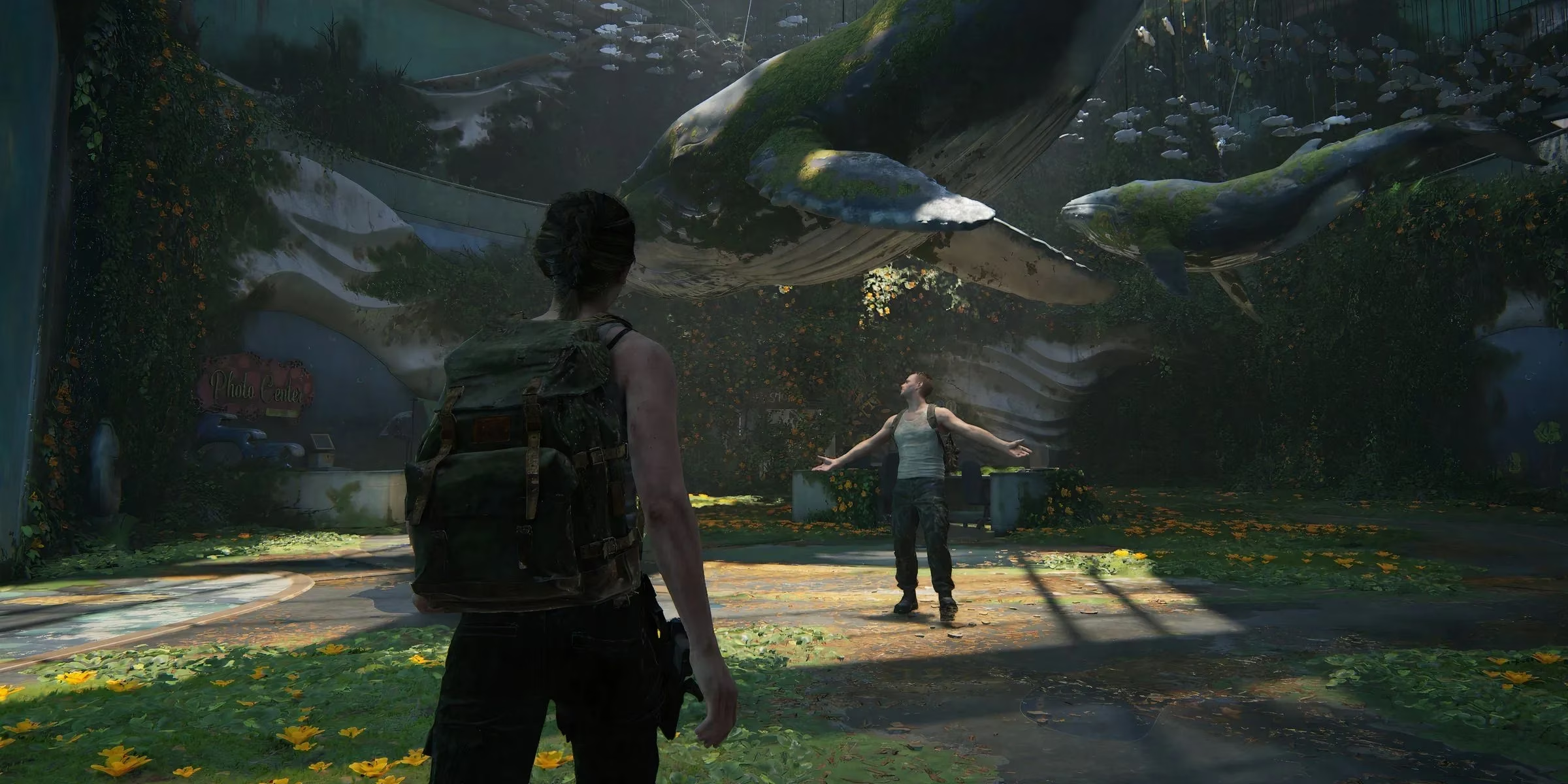Intergalactic: The Heretic Prophet's Game Length Compared to The Last of Us Legacy
Naughty Dog's sci-fi epic *Intergalactic* sparks excitement with its immersive, lonely narrative set 2,000 years in the future, redefining storytelling and worldbuilding.
Naughty Dog's upcoming sci-fi epic Intergalactic: The Heretic Prophet has sparked intense discussion among gamers about its potential length and narrative structure. Recent insights from Neil Druckmann's Creator-to-Creator interview with Alex Garland revealed the game will be set "2,000 years in an alternate future that deviates in the late-80s," granting the studio unprecedented creative freedom. This departure from the post-apocalyptic realism of The Last of Us franchise raises questions about whether Intergalactic will adopt the tighter storytelling of Part 1 (15-20 hours) or the expansive 25-30 hour runtime of Part 2. With Druckmann describing it as a game "about just being lonely," where players will feel "lost in a place they're confused about," the title appears poised to reinvent Naughty Dog's signature narrative approach.

The Last of Us Length Legacy
The Last of Us Part 2 established a new benchmark for AAA narrative length, requiring 25-30 hours despite its story unfolding over mere months. In stark contrast, Part 1 achieved remarkable narrative density within 15-20 hours while chronicling Joel and Ellie's year-long cross-country journey. This difference stems largely from structural choices: Part 1 concentrated worldbuilding into critical early segments like the oppressive quarantine zones, where environmental storytelling efficiently established FEDRA's dystopian rule. Meanwhile, Part 2 doubled its runtime by weaving parallel perspectives through Abby and Ellie's overlapping timelines. The question now becomes: will Intergalactic prioritize Part 1's surgical precision or Part 2's ambitious sprawl?
Intergalactic's Revolutionary Approach
Druckmann's vision for Intergalactic fundamentally reimagines player immersion through isolation. Protagonist Jordan A. Mun's crash-landing on the alien planet Sempiria promises a disorienting experience where players uncover planetary history organically. This contrasts sharply with The Last of Us' companion-driven narratives. Key revelations include:
-
🔭 No AI companions hinted, amplifying the "lonely" exploration ethos
-
🪐 Environmental storytelling will replace exposition dumps
-
⏳ Flashbacks unlikely to extend runtime like Part 2
-
🌌 Sempiria's mysteries designed to unravel through exploration, not cutscenes
Worldbuilding: Lessons from The Last of Us Part 1
Intergalactic could brilliantly adapt Part 1's masterclass in efficient worldbuilding. Remember how Boston's quarantine zone established societal collapse through visual details like decaying infrastructure and FEDRA propaganda posters? Similarly, Jordan's introduction as a bounty hunter might unfold through interactive elements—perhaps scanning alien artifacts that reveal galactic politics. Druckmann emphasized players should discover "who are the people here? What was their history?" through environmental clues rather than dialogue. This approach suggests runtime could depend entirely on player curiosity: will you rush through the main path or scrutinize every alien hieroglyph?
People Also Ask: Burning Questions
Many wonder how Intergalactic's length compares to recent AAA titles. Could Druckmann's emphasis on loneliness indicate a shorter, more intense experience? Or does Sempiria's open-ended design imply 40+ hours of exploration? Industry analysts note that while Part 2's dual perspectives bloated runtime, Intergalactic's solo journey might streamline storytelling. Yet with Naughty Dog's technical ambition, might planetary scale actually surpass previous titles? And crucially—without multiplayer modes to extend engagement, will the campaign compensate with unprecedented depth?
FAQ Section
Q: How long was The Last of Us Part 2 compared to Part 1?
A: Part 2 averaged 25-30 hours versus Part 1's tighter 15-20 hours, primarily due to dual-perspective storytelling and larger environments.
Q: Will Intergalactic have playable characters besides Jordan?
A: Druckmann's comments about "being lonely" strongly suggest Jordan is the sole protagonist, with no second playable character revealed.
Q: How might worldbuilding differ from The Last of Us?
A: Instead of quarantine zones and FEDRA lore dumps, Intergalactic will immerse players through alien environmental storytelling on Sempiria.
Q: Could exploration make Intergalactic longer than Part 2?
A: Absolutely. Druckmann's emphasis on planetary mysteries implies runtime could expand significantly based on player curiosity, potentially exceeding 30 hours.
Q: Why does Druckmann call it a game about 'loneliness'?
A: Without AI companions or co-op, the design forces players to confront Sempiria's enigmas alone, amplifying thematic tension and discovery.
